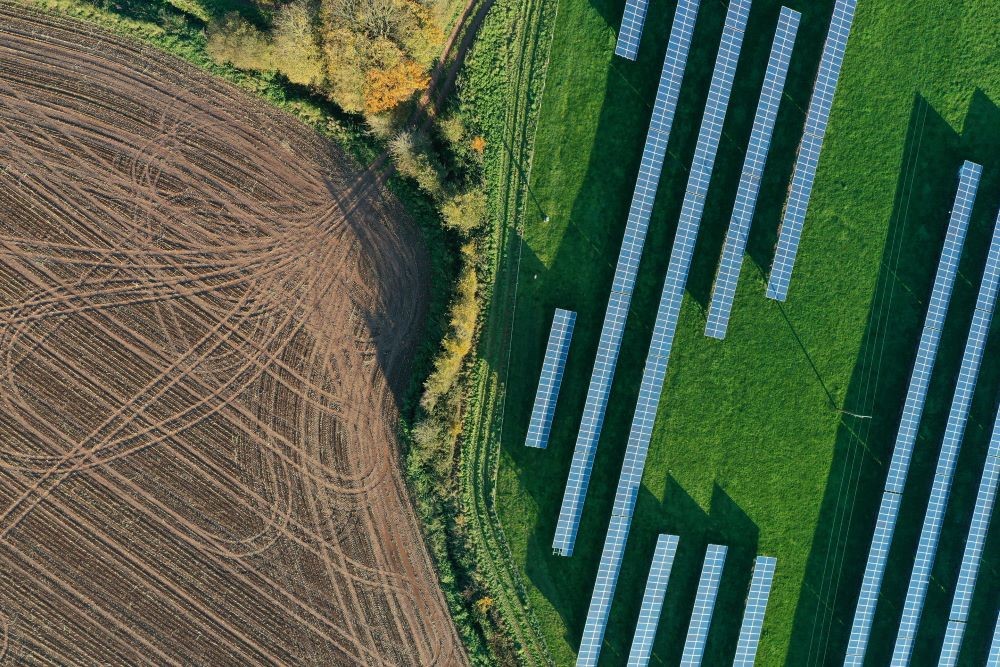Record budget for UK clean energy auction
31 July 2024

31 July 2024

The government have un-veiled a record breaking £1.5bn budget for its renewable energy auction, a move expected to boost offshore wind and energy security.
Overall, the government’s £1.5bn budget represents an increase of more than 50 per cent, up £500mn. This is roughly seven times higher than that approved for Allocation Round five last year. The budget increase was set alongside Labour’s net zero ambitions, with a goal to roll-out clean energy infrastructure and deliver reliable clean power by 2030.
An energy auction is when renewable energy organisations bid for contracts to generate electricity for governments, businesses and households. A bigger budget for an energy auction means more renewable energy projects, thus increasing supply.
The government’s renewable energy auction scheme, known as a Contracts for Difference (CfD) scheme, encourages clean energy developers to bid for projects and contracts designed to improve the UK’s renewable energy capacity. Contracts are awarded to the bidder with the best price, leading to greater value for money for consumers. Specifically, the budget helps cover the difference between the guaranteed prices and wholesale prices of energy. Under this scheme, generators pay back the difference to billpayers if wholesale prices exceed strike prices, which should lower energy bills for consumers.
Overall, the £1.5bn budget can be broken down into £185mn for established technologies, such as wind and solar, and £270mn for emerging tech like offshore wind and tidal.
“Last year’s auction round was a catastrophe,” says Energy Secretary Ed Miliband. “[it] delayed our move away from expensive fossil fuels to energy independence.”
“Instead, we are backing industry to build in Britain… this will restore the UK as a global leader for green technologies and deliver the infrasttucture we need to boost our energy independence, protect billpayers, and become a clean energy superpower.”
The next UK CfD auction, known as Allocation Round 6, will take place in August. Analysts are anticipating that the increased budget will secure around 6GW of new capacity, up from previous estimates of 4GW.
To achieve its goal of decarbonising the power grid by 2030, the government needs to deliver 50GW of offshore wind capacity in the coming years. This yields a need for between 15GW and 18GW of further offshore wind capacity by next year to be on target.
Overall, the potential for the UK to deliver on grid decarbonisation lies heavily in solar, onshore and offshore wind projects, with other, less common green technologies, such as tidal power, plugging the gaps in-between.
In partnership with:
The UK Shared Prosperity Fund is a central pillar of the UK government’s Levelling Up agenda and provides £2.6 billion of funding for local investment by March 2025. The Fund aims to improve pride in place and increase life chances across the UK investing in communities and place, supporting local business, and people and skills. For more information, visit https://www.gov.uk/government/publications/uk-shared-prosperity-fund-prospectus
Share